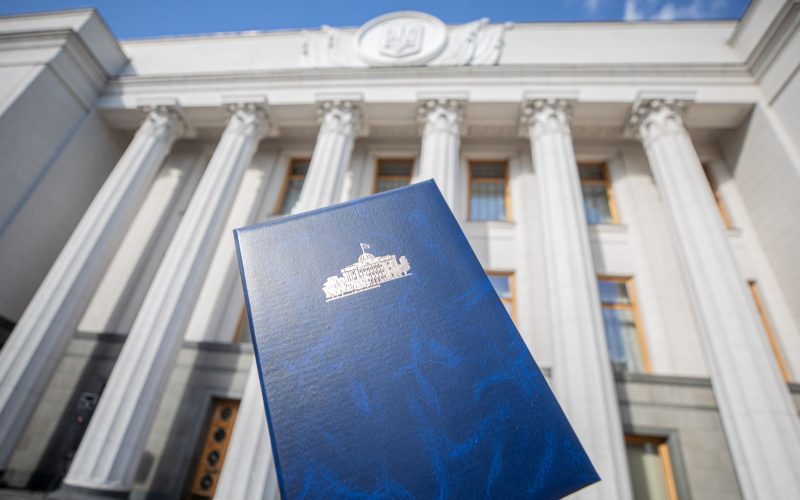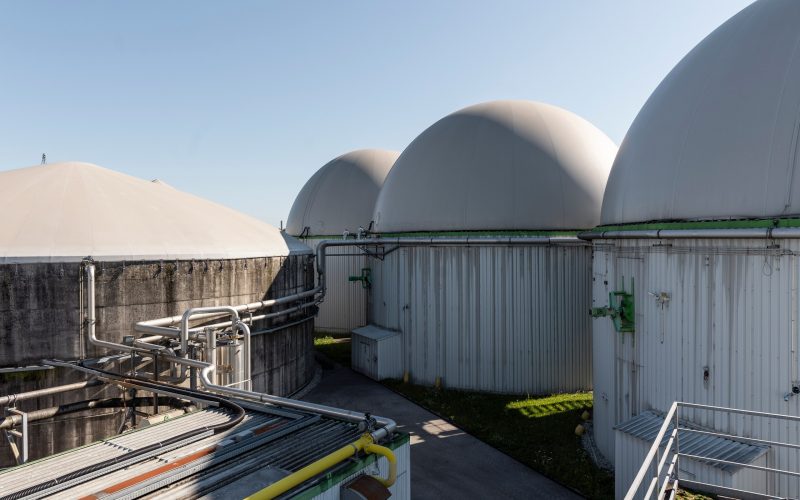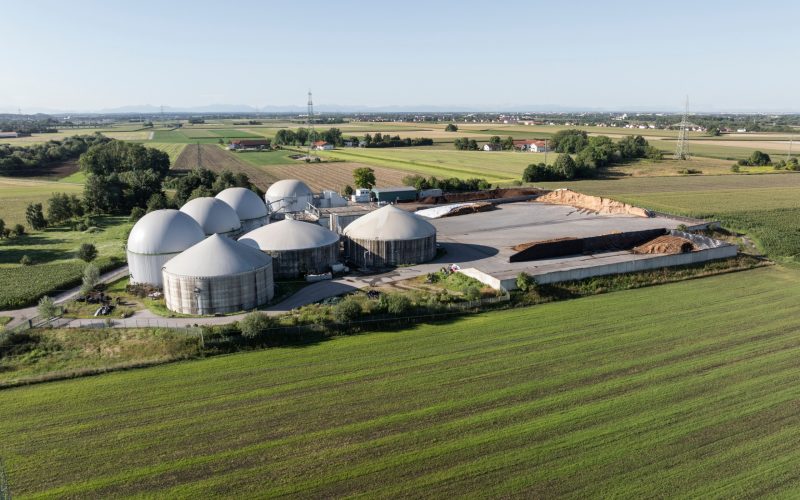French biomethane sector: features and development
The French biomethane market is growing and remains one of the most dynamic in Europe. Its growth sits against a background of change: evolving rules and regulations, technological advances, increasing numbers of actors across the whole value chain, rising gas prices and biomethane costs. Not forgetting the climate emergency and geopolitical turmoil that regularly reshuffle the cards of the national strategy. So, let’s look at the state of French biomethane in recent years.
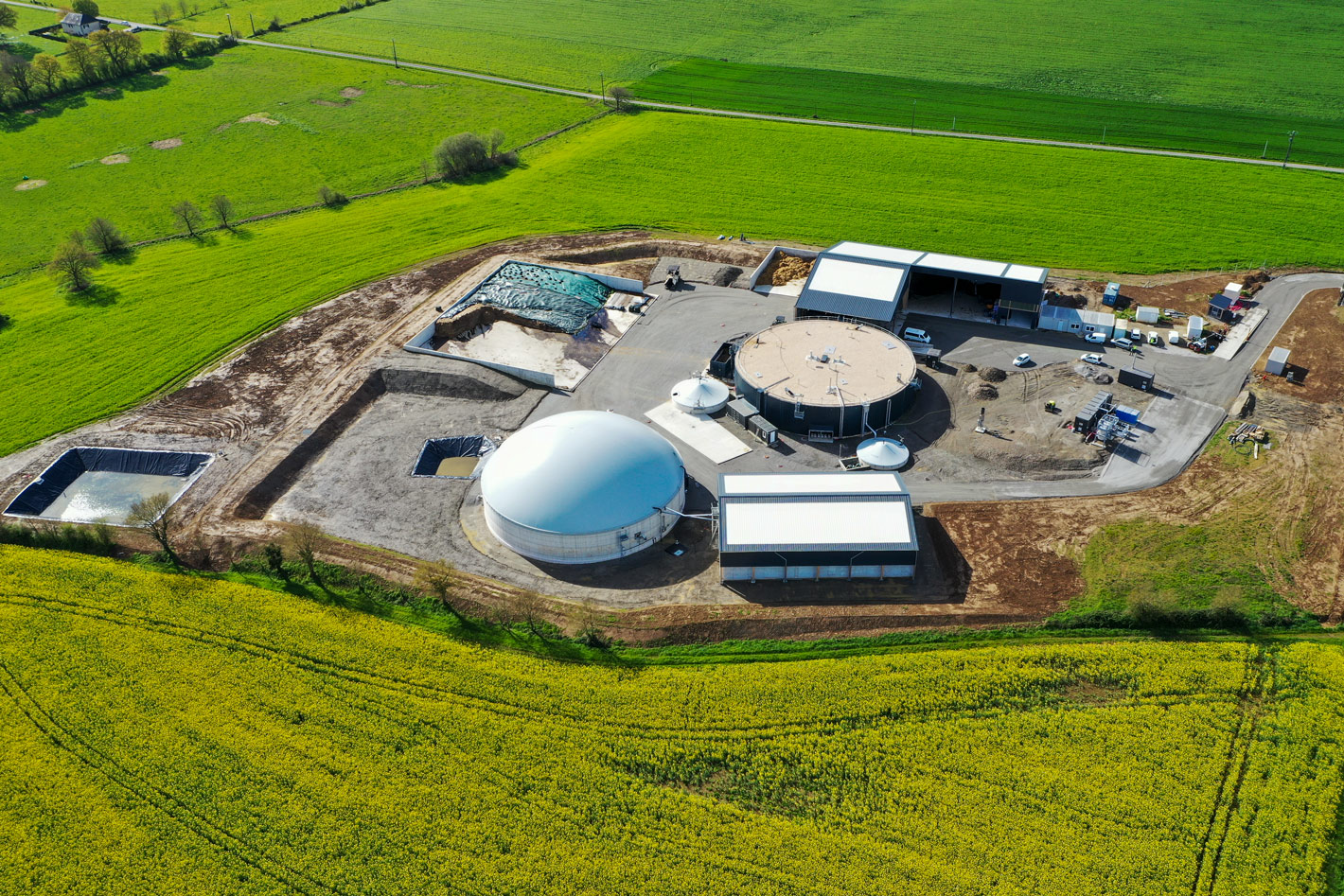
The difference between biogas and biomethane production
In 2011, France was in the process of commissioning its first site for the injection of biomethane into the gas grid. Up until then, the biogas produced by the methanisation of fermentable organic matter (farm effluents, agricultural crop residues, municipal waste etc.) could only be used for the purposes of producing heat and electricity (cogeneration). But progress in purification methods has made injection into gas grids possible. In fact, once purified – meaning with the carbon dioxide separated out – the biogas which has now become biomethane can be odorised and then injected into gas pipelines.
The composition of biomethane is thus identical to that of natural gas, making it an ideal substitute for decarbonisation of the sectors that use that gas. It is a major lever for responding to the current challenges of climate change.
French targets for biomethane injection
- The Energy Transition for Green Growth Law (LTECV) sets a target to increase the share of renewable gases in French natural gas consumption to 10% by 2030.
- The Long Term Energy Schedule (PPE) sets an injection target of 7 to 10% biomethane by 2030.
- The PPE also sets a target for biomethane injection of between 14 and 22 TWh by 2028.
In the present context, the methanation sector is striving to significantly improve these indicators.
The biomethane sector in France in 2022
The renewable gas overview, prepared every year by Teréga, GRDF, GRTgaz, SPEGNN and Renewable Energies Syndicate, provides a full survey of the booming renewable gas sector.
On 31st December 2022, France had 1705 biogas production units. They included 514 units (i.e. 30%) repurposing it in the form biomethane for injection into the grid. At the end of 2020, there were only 214 such plants. A huge number of projects are currently under consideration, and the industry is ready to industrialise them.
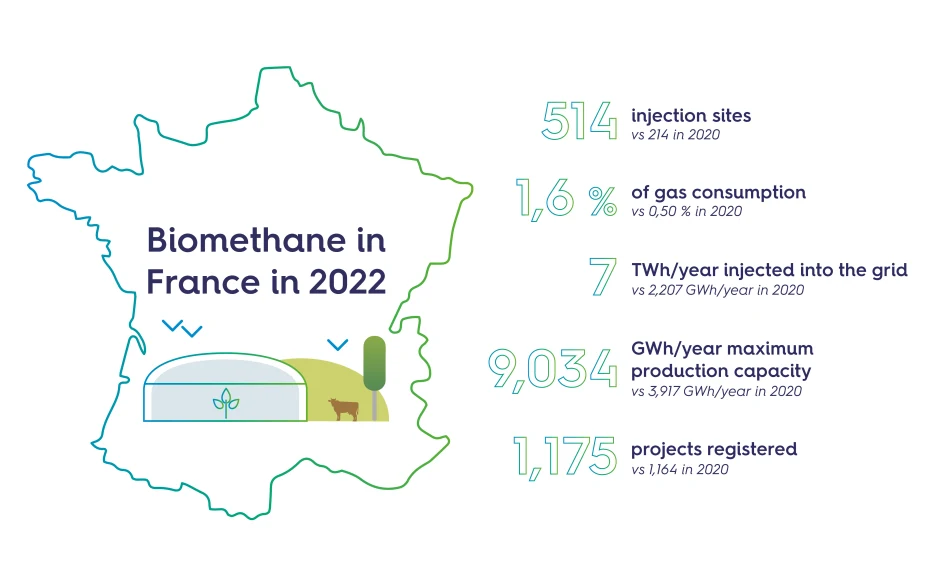
This dynamism does however risk flattening out over the coming years, as a large proportion of the projects which have been launched are now built, particularly in the agricultural sector. The process of bringing new projects to light will require a number of technical, economic and regulatory stages to be gone through, which will all take time. At the moment, it takes an average of three years from the start of a connection feasibility study for a methanisation unit to the site’s commissioning.
Tools that have boosted the biomethane market
- Reindexation of the regulated purchase tariff to account for inflation:
Announced at the end of 2022 by the Minister for Energy Transition, the change in the tariff also considers the hourly cost of labour and the production price index.
- Support for biomethane production by invitations to tender:
At the end of 2022, public stakeholders decided to launch calls for tender for biogas production. The first tranche was for 500 GWh, at a price judged by producers to be too low. A new round of invitations to tender is currently being launched.
- Biogas production certificates:
The government wants to oblige French energy suppliers to provide biomethane to some of their customers. Whether they produce it themselves or buy it from third party producers, that biomethane will give them certificates to prove they are honouring their obligations. This arrangement, which is still being negotiated, will help share out the work of developing the industry across the State, producers and energy suppliers.
- BPA (Biomethane Purchase Agreement) :
These over-the-counter contracts will soon be negotiable directly and freely between a biomethane producer and a consumer. This simplification of the transaction process is meant to speed up the development of a virtuous local ecosystem.
The role of gas operators in the development of biomethane
The first role for gas operators is to guarantee the right to inject for any biomethane producer located near to a network. Once certain technical and economic conditions have been met, operators must make the necessary arrangements to allow access to their infrastructures.
Teréga, one of France’s gas operators, with the support of all gas operators located near production sites, carries out connection zoning: this joint initiative allows to determine the optimal way to connect all producers who want to inject their biomethane in the coming years. This is aimed at creating the best possible conditions for the development of the network at the lowest price. Once the mapping is decided upon, operators will be able to consult the Energy Regulation Commission and stakeholders wanting to have a stake in those projects, and then get the investment funding released, build, operate and maintain the new plants.
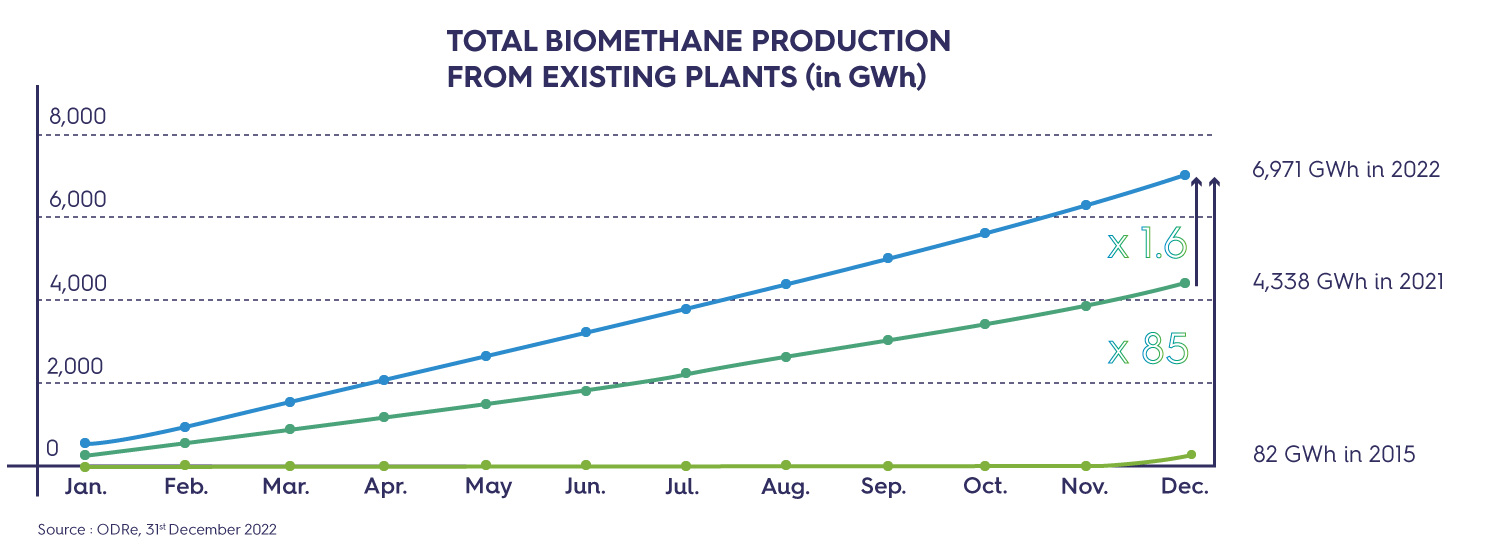
Ensuring uninterrupted network availability is part of the operators’ mission. Thus they are supporting the creation of energy and jobs in local virtuous circles, at the same time as guaranteeing the sustainability of their own business. They are also helping strengthen the nation’s energy sovereignty. In France, 7 TWh of biomethane was injected in 2022, representing 10% of former imports of Russian gas. And while, over the whole year, those 7 TWh covered only 2% of consumption, but peak levels were last August of 10% green gas flowing through the grid in the South West.
Source: Teréga
